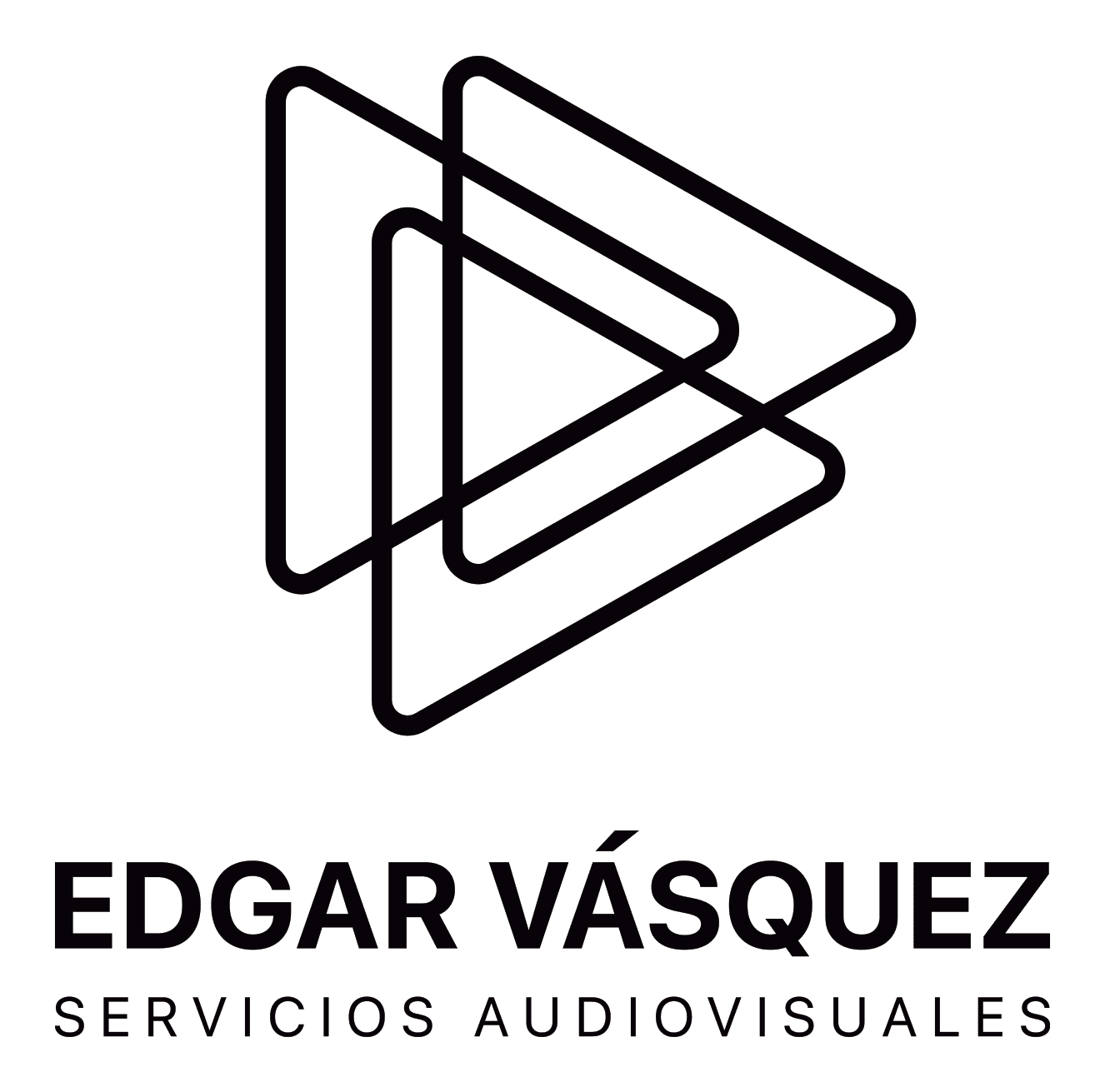Home > Blog > Professional Sound > What is technical rider: Backline, Stage Plot and Examples
What is technical rider: Backline, Stage Plot and Examples
- Edgar Vásquez
- August 9, 2023
- 10 Min reading time
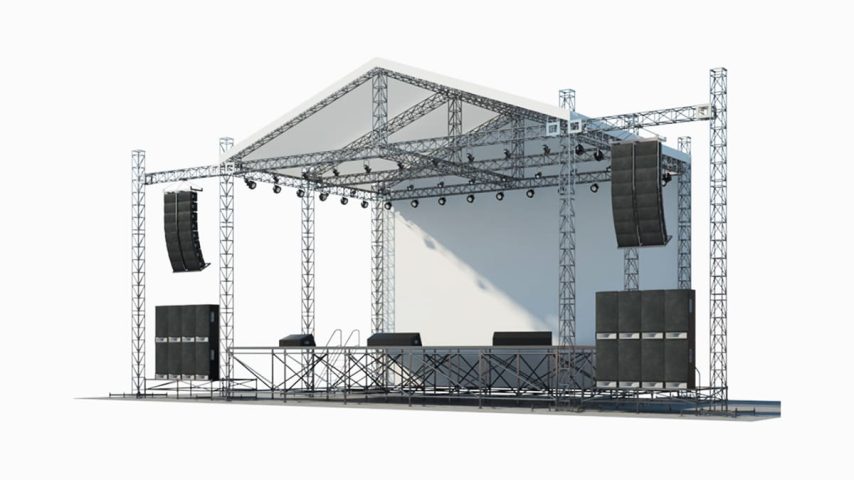
In the world of entertainment and live events, having a clear roadmap is critical to the success of any presentation. But have you ever wondered how artists and technicians manage to perfectly synchronize their needs with the infrastructure available at each venue? The answer lies in a key document: the technical rider.
From Edgar Vasquez Audiovisual Services we will unravel the mystery behind this tool, exploring what a technical rider is and how to create one professionally. Join us on this tour to discover how this document can be the bridge between a memorable performance and the technical challenges behind the scenes.
Trust the leading company in professional sound to make your event a success. Contact us today!
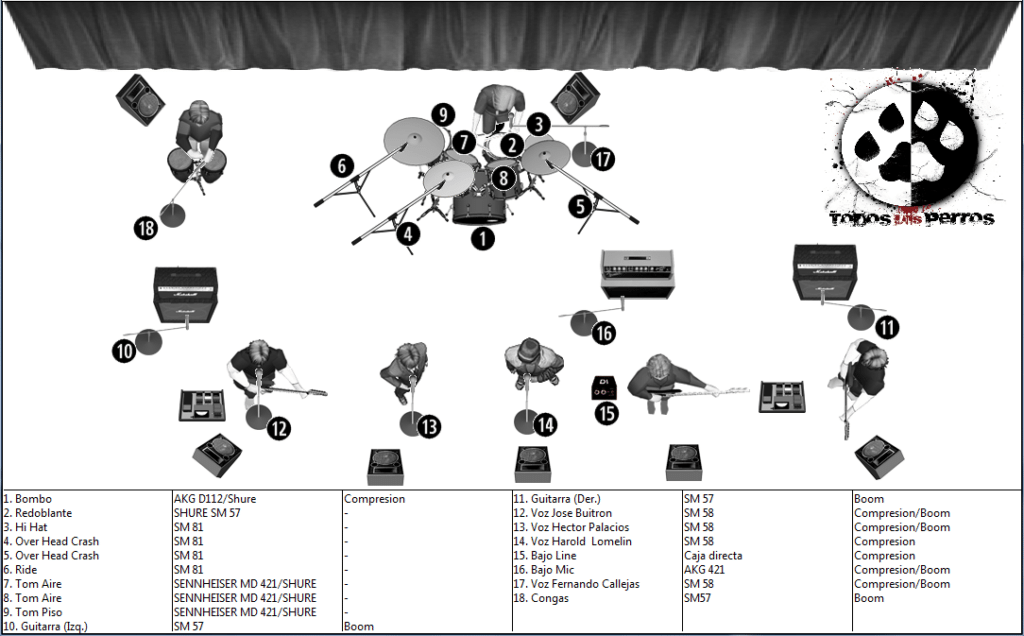
What is a technical rider in events and shows?
The Technical Rider is a detailed document used to communicate the technical and logistical needs of an act or artist performing at a live event. Its main objective is to ensure that the stage is set up properly for the performance to run smoothly. From instrument layout to sound and light specifications, the technical rider provides clear guidance for the technical team and organizers.
There is no major artist or band that manages to tour without a technical rider; this document becomes their navigational chart, detailing every technical and logistical requirement necessary to ensure that each performance not only meets their artistic expectations, but also offers the audience the most impactful and highest quality experience possible.
What is a technical contra rider?
The counter-rider is a document that proposes to the artist or producer of the event the alternatives to the request made for the execution of the event. At this point, the artist or manager must decide if these alternatives allow him/her to carry out the show.
In general, the budget sent by the company that provides the sound and lighting rental is already used to present the alternatives. company that provides the sound and lighting rental, since it contains all the equipmentThe quotation contains all the equipment offered for the production of the event.
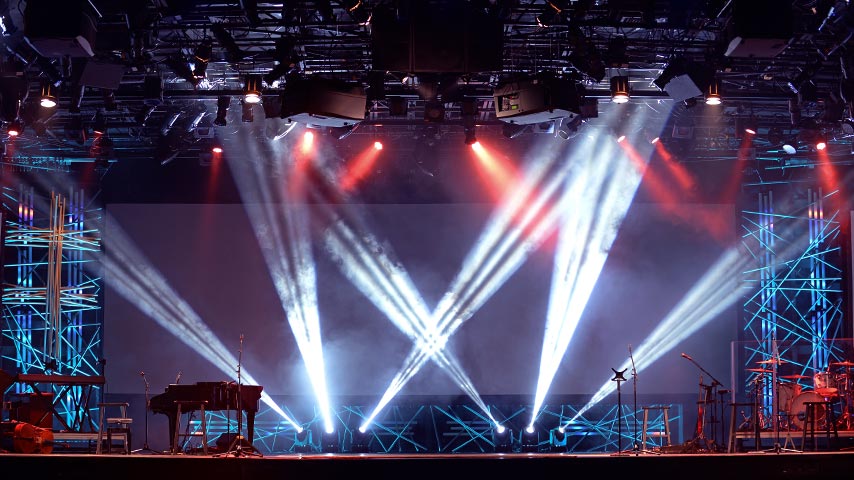
What information should a technical rider have?
Below we will explain the essential components that a technical rider should contain, providing a detailed guide on how to make a technical rider effectively.
1. Name of artist, band or show.
The name of the artist or band should appear prominently not only in the header of the first page in large letters, but also in the header or footer of each subsequent page.
It is crucial to name the file as “Technical Rider + Band Name” and maintain that consistency by repeating the name in the header or footer of each page. This ensures that, in case the document is printed or handled by individual pages, it is always possible to identify to whom that specific part of the technical rider belongs.
2. Date and version of the technical rider.
As the band progresses, its technical requirements naturally improve. Therefore, it is essential to note the date and the current version of the technical rider (e.g. V1, V2, V3, etc.). This information is valuable and should also be included in the footer of each sheet.
3. Key contacts of the singer or band.
Generally, the band or artist’s manager or production is designated as the main contact, followed by the main technicians: sound, lighting and video.
4. Sound, backline and stage layout.
This part details, by means of the stage plot, all the equipment and instruments necessary for the artist or the show to be carried out successfully. It specifies from the brand, model, number of microphones, stage monitors and audio channels or connections required, to the musical instruments that the band does not provide itself.
5. Lighting and stage setup.
This segment emphasizes the space required to execute the presentation, detailing the specific dimensions of the stage and the variety, quantity, brands and models of lighting equipment essential to perform the show.
6. Special effects and power supply requirements.
It is vital to detail the special effects needed for the show, such as smoke machines, fireworks, special lighting effects, confetti launchers, and CO2 cannons, among others. Equally important is to specify the electrical connection needs for additional instruments and equipment, such as pedals, guitar and bass amplifiers.
7. Aspects of logistics, hospitality, food and security.
Finally, but equally important, it is crucial to detail the accommodation needs for the entire team accompanying the artist or band, including technicians, dancers, manager, assistants, culinary and security personnel, among others. Likewise, it is essential to specify food preferences in order to organize a catering service for shows catering service that meets the requirements of each member during the live event.
Rent high quality professional sound equipment for your event. Request information and prices now!
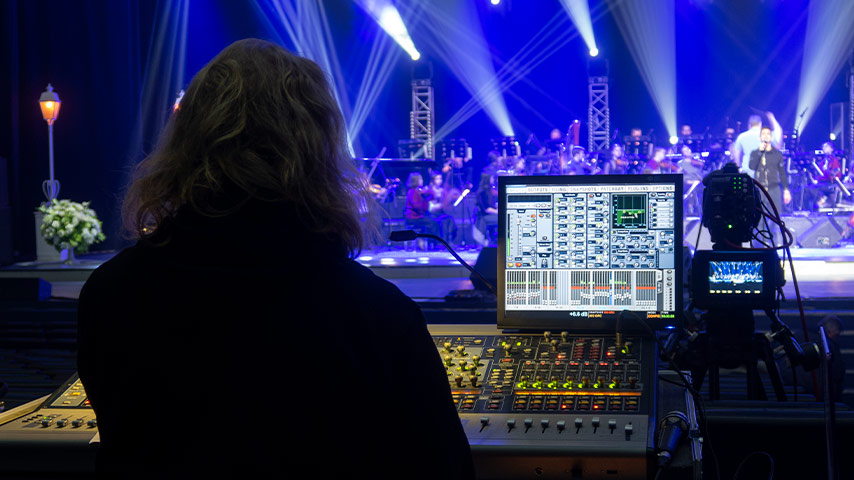
Who participates to create the technical rider?
The creation of a technical rider is a collaborative process that involves several professionals, each contributing their expertise to ensure that the presentation runs smoothly. Sometimes even the participation of event sound and lighting companies. Here we present who are the indispensable in this process:
1. Principal artists.
Artists define their specific sound, lighting, and spatial needs for their performance, ensuring that their performance takes place in optimal conditions.
Sound technicians.
These professionals are responsible for setting up the microphones, mixers and speakers needed to configure the audio system according to the requirements of the artist, ensuring sound quality for both the audience and the performers on stage.
Sound technicians commonly prefer leading brands of professional loudspeakers leading brands of professional loudspeakersrecognized as industry standards. This makes it easy for artists to work with high quality equipment in any city of their tour or live performance.
Lighting Technicians.
They play a crucial role in creating the desired ambiance for the show, working closely with the performers and production manager to design a lighting scheme that highlights the performance. They highlight the make or model of each piece of equipment they prefer to work with.
Often, lighting experts choose prestigious manufacturers of lighting systems, which are considered benchmarks in the sector. This ensures that artists can count on superior stage lighting at every stop of their tour or live performance.
4. Video technicians.
If the event includes visual elements or projections, these technicians define the size, design and types of giant LED screens. types of giant LED screens to be provided to ensure that there is visual coherence between the performance and the content shown during the presentation.
5. Technical production manager.
He is the general coordinator of all technical aspects of the event. This professional ensures that all technical needs are covered and that the team works cohesively. He has extensive knowledge in all fields of event production. Without it, it would not be possible.
6. Manager and executive producers.
They are in charge of communicating the artist’s needs to the event producer and vice versa, as well as supervising the logistics and general production of the event.
Undoubtedly the creation of a technical rider is a team effort that Even sometimes the participation of event sound and lighting companies..
Enjoy unparalleled professional sound quality at your event. Hire our services and stand out!
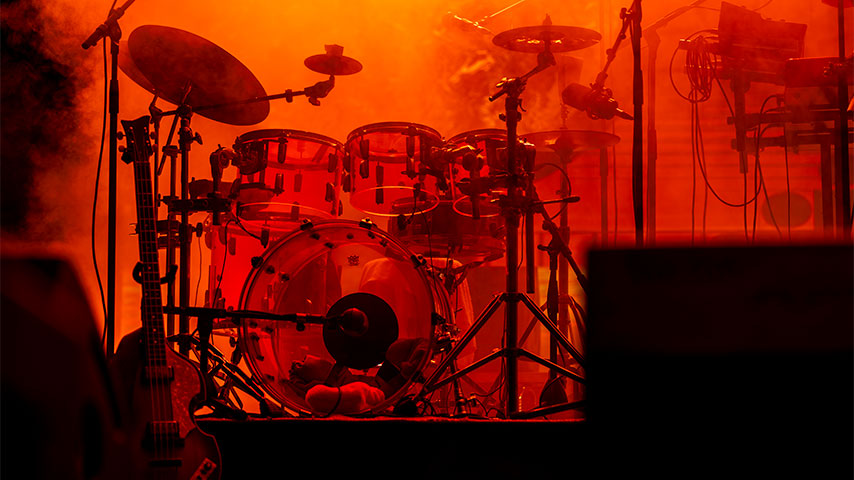
Frequently asked questions about the technical rider:
1. What is the backline?
The backline refers to the set of equipment and musical instruments used on stage during a live performance. This includes, but is not limited to, amplifiers, drums, keyboards, and any other equipment necessary for musicians.
2. What is the stage plot?
The stage plot is a diagram or plan showing the arrangement of musicians and instruments on stage. on the stage. It provides a clear view of where each element, including electrical and audio connections, should be located, facilitating the organization of the performance space.
3. What is the input list?
The input list is a detailed detailed list of all sound input channels needed for a performance. required for a performance. This includes microphones, instrument lines and any other devices that need to be connected to the sound system. Helps sound technicians prepare and manage the audio mix efficiently.
How to create an online technical rider?
Creating an online technical rider has been simplified thanks to platforms such as Musicotec.com, Tecrider.com, y Ridertecnico-lsv.com. These sites offer tools and templates for artists and technicians to generate professional and customized technical riders, tailored to the specific needs of each event.
5. What are the most sought-after examples of technical riders?
After conducting a research with our search tools, we have found that the technical riders of renowned artists and bands most consulted by Internet users is the technical rider of Taylor Swift, AC/DC, Mana, Morat, Quevedo, Beatles, Estopa, and ColdPlay.
Undoubtedly, these technical rider documents offer insight into the needs and preferences of some of the most successful live acts, serving as a reference for the industry.
In what file format is the Technical Rider delivered?
The Technical Rider is generally delivered in PDF format. This format is preferred for its universality, ease of use and ability to keep the design and information intact, regardless of the device or software used to view it.
7. How to download Technical Rider templates?
There are numerous sources on the Internet for Technical Rider templates. A recommended strategy is to search for and download templates of riders from well-known artists and customize them for your own performance.
This approach not only allows you to tailor a proven and effective document to your specific needs, but can also raise your profile by partnering with world-renowned quality standards and the most prestigious professional sound brands. and the most prestigious professional sound brands..
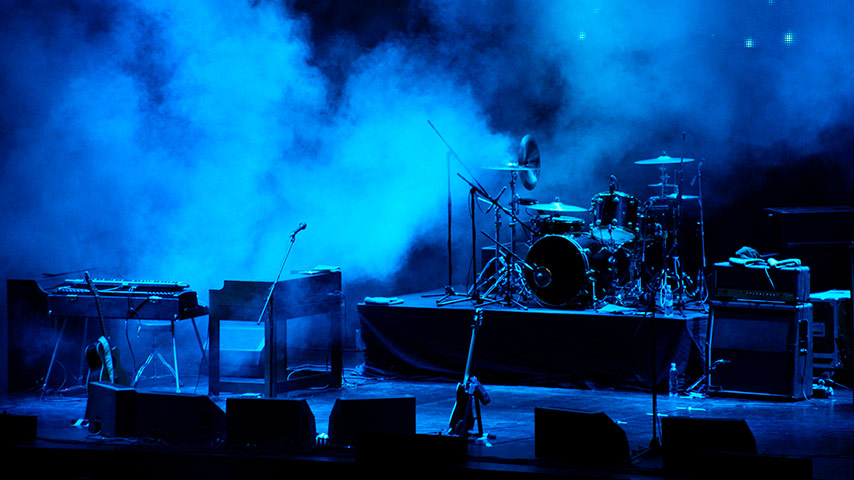
What is the purpose of creating a professional technical rider?
Creating a professional technical rider is crucial to the success of any live event. Here we highlight 7 key points about its importance:
- Optimizes communication between artists and technicians: Ensuring that all parties are aligned with the needs of the event.
- Saves time during installation and sound testing: By being clear about all technical specifications beforehand.
- Prevent unforeseen events: Detailing technical and equipment needs reduces the chances of facing last-minute problems.
- Improves show quality: Ensures that sound, lighting and video requirements are matched to the specific needs of the performance.
- Facilitates logistics: By providing clear guidance for the assembly and disassembly of technical equipment.
- Personalize the experience: For both the artist and the audience, allowing each performance to be unique and memorable.
- Promotes professionalism and efficiency: Emphasizes commitment to quality and artist and audience satisfaction for event production.
Creating and following a professional technical rider is essential to ensure that every aspect of a live event is executed flawlessly, from planning to final performance.
Do you feel capable of creating your own technical rider?
Now that you know what a technical rider is, what should it include , how to create it online, and what is it for? What are you waiting for? Go ahead, take advantage of all the facilities provided by today’s technology.
If you liked our content, we invite you to continue enjoying all this wonderful knowledge in the rest of the publications about the spectacular world of professional sound, and of course, don’t forget, it was told to you by
Edgar Vásquez Audiovisual Services in Barcelona
.
Ensure the success of your event with the best professional sound company. Contract our services today!
RELATED ITEMS
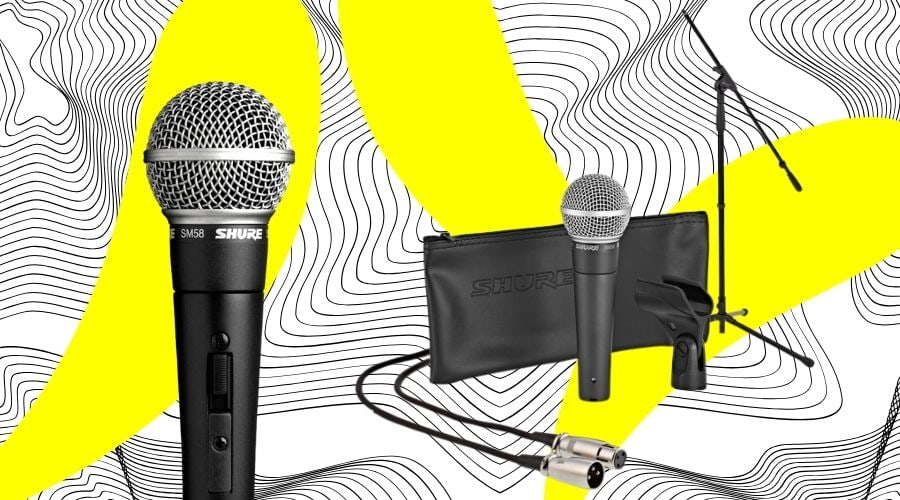
How to rent handheld microphones for your events?
Discover the advantages of renting handheld microphones for your events.
How to achieve guaranteed quality, flexibility and technical support.

5 Key aspects of digital sound mixer rental
Guarantee the success of your event with the rental of digital sound tables.
Complete solutions and professional assistance.
Contact us!
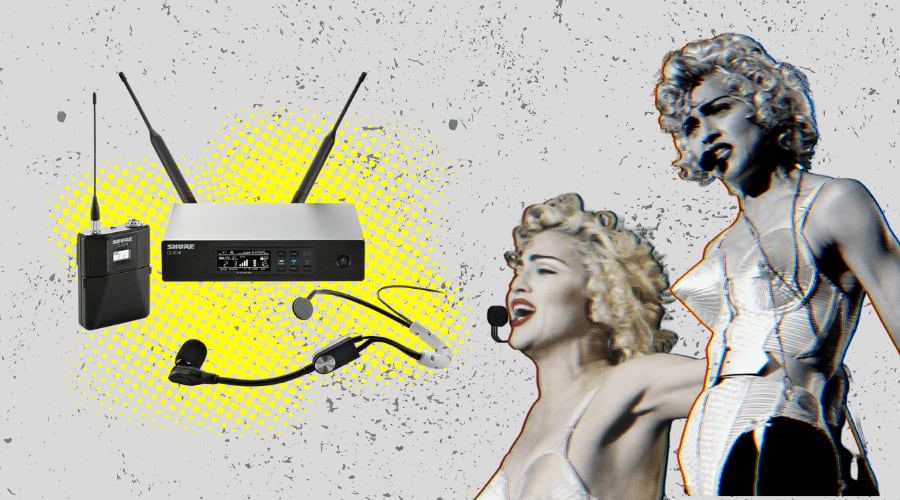
How to rent headset microphones for events?
Learn how to rent headset microphones like an event expert: reduce costs, access advanced technology and technical support.
Make this publication reach more people
Newsletter
¡Suscríbete ahora y mantente al día con nuestras últimas noticias y ofertas exclusivas en nuestro boletín informativo!
FEATURED ARTICLES
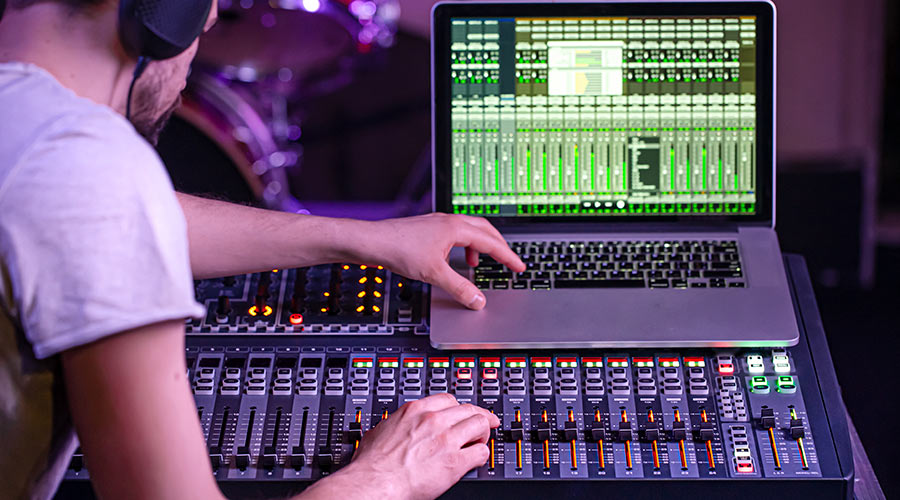
What job does a sound technician do and how much does he/she earn?
Discover how to become a sound technician and the job opportunities in the event, radio, TV and film sound industry.
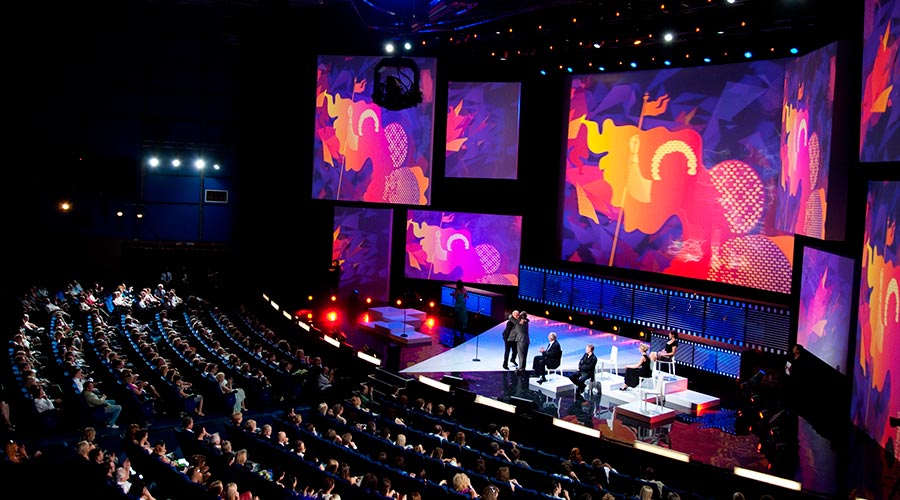
What is a Giant LED Screen and how does it work?
Discover what an LED Screen is and how they work for events and advertising. Explore its unique and brilliant visual impact!
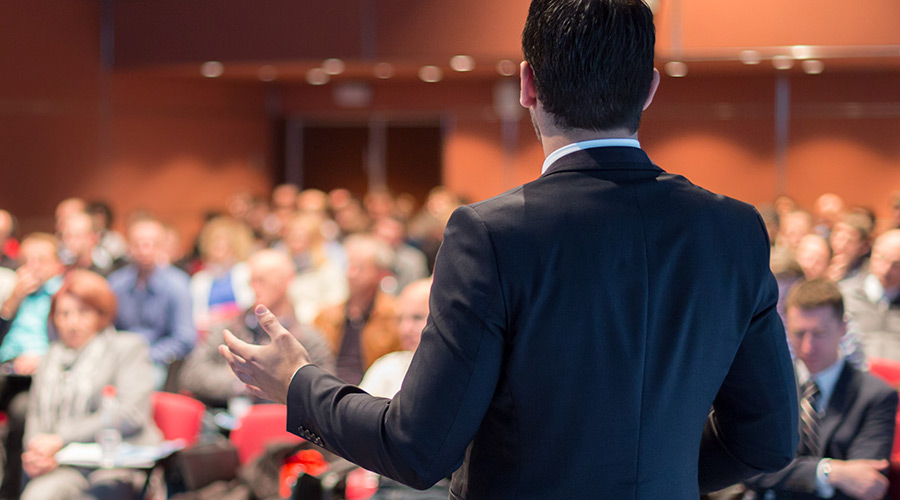
Organizing corporate events: Everything you need to know
Discover what corporate events are, their strategic value, types and examples. Learn how to organize them in exceptional spaces in Spain.
